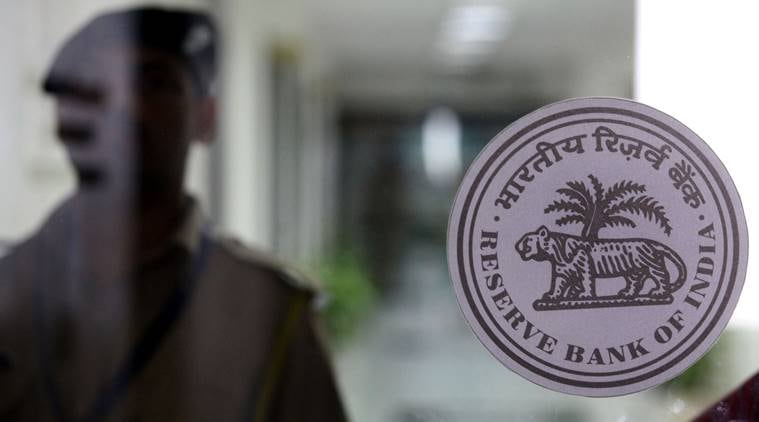Legislating payments out of RBI’s excess capital could compromise its independence
Putting a part of the country’s assets in a protected entity like the central bank builds fiscal credibility of the country as long as the central bank is viewed by markets as being independent of the government.

How much equity should the Reserve Bank of India (RBI) hold? A committee is currently examining this issue. The question actually has many dimensions to it: How should the RBI’s equity level be computed? What should be the structure of the RBI’s assets? Should the RBI pay the government any excess equity holdings as a special one-time payment?
The RBI’s current equity holding is around 27 per cent of its total assets. This overall equity level can be divided into four categories: Paid-up capital, contingency capital, revaluation capital and asset development fund. The two largest components of these are contingency capital (6.6 per cent) and revaluation capital (around 20 per cent). The revaluation capital is an accounting entry that offsets changes in the rupee value of the foreign assets and gold holdings of the RBI due to changes in the exchange rate of the rupee and changes in the dollar price of gold, respectively.
The total equity of 27 per cent has attracted a lot of attention lately. Arguments have been made that this is too high, especially when compared with other countries and that the RBI should transfer a part of this “excess” capital to the government as a one-time payment.
One way of judging whether or not this level of equity holding is excessive is to use a metric that is typically applied to commercial banks. Under this method, one computes the fraction of the value of the banks’ assets that are at risk due to fluctuations in the market value of the asset. This is known as VaR analysis. This approach tries to look at the worst “x” per cent changes in the asset value of the bank during the sample period and estimates the associated size of the fall in asset value. If the bank has capital greater than this value then one can say it has enough capital to withstand negative shocks in 1-x per cent of cases. The higher x is, the greater is the safety level that the bank has. Thus, if the chosen x is 1 per cent then the bank has enough capital to absorb 99 per cent of the shocks that typically hit the system.
In recent joint work with Bandyopadhyay, Devnani and Ghosh, I have shown that the RBI would require a 30 per cent overall equity to asset ratio to cover 95 per cent of all shocks it faces. Thus, its overall equity level has to be raised from the current 27 per cent level. If, instead, one only focuses on non-exchange rate-related shocks, then the core equity to asset ratio needed by the RBI to cover 95 per cent of all such shocks is around 17 per cent. That implies that the RBI’s current core equity level of 6.6 per cent needs to be more than doubled.
It isn’t obvious, though, as to why a central bank has to be judged like a commercial bank. When the equity of a commercial bank becomes negative, they are bankrupt and their shareholders typically demand liquidation. The central bank of a country, however, is not a commercial bank. Its owner is usually the government, which certainly will not demand liquidation of the central bank in the event its equity turns negative. Indeed, there do exist central banks with negative equity. What is crucial for a central bank is the level of its assets and the riskiness of the portfolio it chooses in terms of its term structure and currency composition. In the event of an emergency, the central bank would need assets to fight it. So, a VaR analysis of the asset portfolio of the central bank is a worthwhile exercise but only for determining its riskiness relative to the country’s risk appetite.







































No hay comentarios:
Publicar un comentario